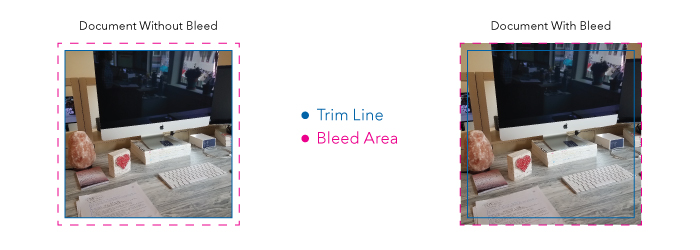
Are you picking up what we’re putting down? Like any other industry, our work comes with its own special language. Everything we say regarding your project makes sense to us, but if you aren’t familiar with the jargon all you’ll hear is the BUZZ BUZZ BUZZ of buzzwords. No fun, right? That’s where this nifty glossary swoops in to save the day. It’s not comprehensive, but we’ll continue to add to the list any time we realize we’re using terminology that wasn’t on any of our grade school exams.
Reach: The amount of people who actually saw your content (unique a.k.a. one-time views)
Impressions: The number of times your content was displayed, no matter whether or not a user interacted with it (total number of views, including those who saw your content more than once)
Engagement (Social Media): A reaction, comment or share of your social media content
eCommerce: Sales that occur digitally
Out of Home advertising (OOH): Advertising that reaches people when they are on the go EX: billboards, mobile advertising, vehicle wraps, etc.
.jpg (Joint Photographic Experts Group): A digital image file (often associated with digital photography) with a white or opaque background that can lose quality with compression
.png (Portable Network Graphics): An image file with a clear background that can maintain its level of quality during usage
Hi-res or high-resolution: An image with a file size large enough for it to display correctly in print or on a screen (300dpi (dots per inch) for print and 72dpi for web)
Bleed: A printing term used to describe the space beyond the edge of where the piece will be trimmed, which may contain design elements, background colors, etc.

Finish: A printing term used to describe the coating on paper EX: glossy or matte
Paper Weight: The thickness of the paper used for printing
Responsive: Any digital element developed to automatically resize and display correctly across all screen sizes

Color Vibration: The visual phenomenon that occurs when two bold colors are used next to each other, causing the edges of each color to merge with each other and blur
Content Management System (CMS): Software used to create and manage digital elements such as a website EX: WordPress, ExpressionEngine, Drupal, etc.
Search Engine Optimization (SEO): The spectrum of work done to boost a website’s chances of ranking higher in search engine results
Hashtag: A digital tactic that combines the hash sign with a word or phrase and categorizes your content, causing it to appear in any searches for that particular tag
Baseline: Initial metrics collected as a jumping-off point to measure the performance of marketing and/or web elements
A/B or Split Testing: An experiment where you compare two versions of a marketing asset, but change one element in one version to gauge whether it yields better results EX: Two digital ads with the same copy, but different images
Bounce Rate: The percentage of overall traffic that landed on a web page and left the website without further interaction
Click-Thru Rate (CTR): The percentage of users who saw your content and clicked on it
Conversion Rate: The percentage of users who sawand clicked on your content, then went on to convert EX: clicked on your ad, visited the landing page and submitted a contact form, purchased a product or service, etc.
Key Performance Indicator (KPI): A measurement used to identify content performance EX: web page views, click-thru rate, cost-per-acquisition, etc.
Marketing Funnel: A path designed to bring a customer from awareness to a purchase, before focusing on customer retention. The 5 steps of the marketing funnel include: Awareness, Consideration, Conversion, Loyalty, and Advocacy.